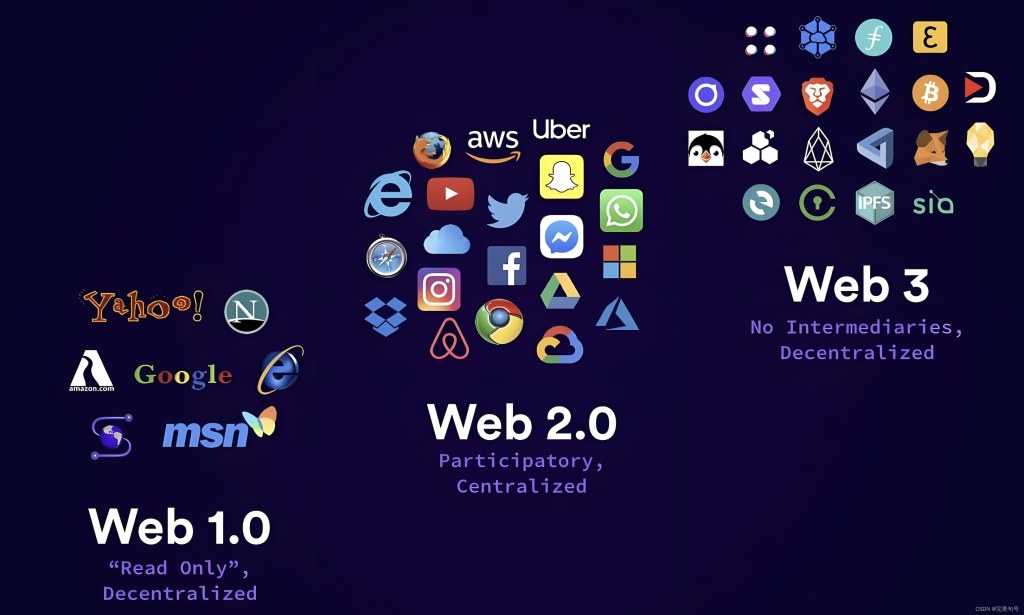In the past few months Web2 giants and headline-making entrepreneurs have been tossing around the phrase “Web3 messaging,” as if integrating blockchain tokens into an existing chat app magically converts it into a user-sovereign platform. But token rails alone do not equal Web3. The real test is whether a product re-centers control and identity around the user — not the corporation — and whether it builds the primitives that let social experiences compose with DeFi and NFTs in a truly decentralized way. Enter CocoCat: a stealthy contender that, by design, addresses the architectural problems that tokenized chat clients tend to paper over.
Why token-integrated chat isn’t the same as Web3
Adding a USDT tab or allowing on-platform token transfers is a marketing shortcut. It gives users a novel payment primitive inside an app, but it does nothing to solve custodial risk, platform lock-in, centralized moderation, or the asymmetry between who controls the data and who profits from it. A centralized chat company can custody keys, freeze balances, or change terms overnight. That is precisely the failure mode Web3 proponents want to avoid.
User sovereignty is the core thesis: if the platform still controls keys, identities, routing, or storage, then user autonomy is only cosmetic. True Web3 messaging must converge three pillars simultaneously: cryptographic ownership (self-custody of keys), data sovereignty (the user owns their message data and metadata), and composability (social primitives that can be extended and monetized by users through DeFi and NFTs). CocoCat’s architecture is built around those pillars.

What makes CocoCat different: an engineering breakdown
Peer-to-peer, end-to-end encrypted messaging: Messages route peer-to-peer whenever possible and are end-to-end encrypted by default, so plaintext never passes through a centralized server. Where relay nodes are required (for NAT traversal or offline delivery), all messages remain encrypted and ephemeral.
Zero platform custody: Private keys are generated and held client-side, never stored on CocoCat’s servers. Because custody stays with the user, freezing of assets or retroactive account takeovers are structurally prevented. For users who need recovery, CocoCat implements non-custodial social recovery and multi-signature fallback flows rather than server-side key escrow.
Identity without identity: CocoCat removes phone numbers and email as mandatory identifiers. Instead it offers optional decentralized identifiers (DIDs) and verifiable credentials that users can selectively disclose. This model dramatically reduces linkage between social graphs and real-world identity, protecting privacy without sacrificing discoverability.
Native composability: CocoCat treats social objects (posts, profiles, media, messages) as first-class, on-chain-or-off-chain composable primitives. NFTs can be minted directly from chats or profiles, token rewards can be issued based on community rules, and DeFi integrations (tips, pooled funds, subscriptions) are enacted via smart contracts users control.
Data ownership and portability: User data is encrypted client-side and content-addressed on decentralized storage layers (IPFS, Arweave, or similar). Because metadata and content are decoupled and user-controlled, migrating between clients or forking the social graph becomes feasible without vendor lock-in.
UX-first cryptography: CocoCat addresses the classic Web3 tension: great security with terrible usability. It offers gasless onboarding using meta-transactions and pay-for-gas relayers, simple social recovery UX patterns for non-technical users, and seamless wallet integrations so wallets can be abstracted away for end-users who want simplicity.
Why these design choices matter
First, security and censorship-resistance. If a user’s keys live on their device and messages are encrypted end-to-end, neither the platform nor external actors can arbitrarily seize assets or read private conversations. Second, privacy. Without required phone numbers and with selective disclosure DIDs, users retain plausible deniability and control over what data is public. Third, economic agency. By enabling NFTs and tokenized communities as composable primitives, creators capture a larger share of value. Instead of handing attention to a centralized ad network, creators and communities can define revenue-sharing rules on-chain.
Challenges and honest trade-offs
No system is magic. Fully decentralized messaging faces difficult trade-offs around spam mitigation, content moderation, and offline message delivery. CocoCat tackles spam with cryptoeconomic deterrents: lightweight staked identities, rate-limited attestations, and reputation systems that are portable across clients. For moderation, it leans on community-moderated governance models and opt-in filters rather than top-down censorship. Offline delivery uses relayer networks that do not access plaintext, preserving privacy while ensuring reliability.
Why timing matters
Market-education from major public figures or large platforms can accelerate mainstream awareness of Web3 concepts. But marquee attention is only the start. The fundamentals that will determine long-term adoption are architecture and incentives. CocoCat’s stack — a local-first encrypted client, non-custodial key management, decentralized storage, and native on-chain composability — maps closely to the theoretical promise of Web3: user sovereign identity and money that can be seamlessly woven into everyday social interactions.
If mainstream players are showing users what web3-adjacent features can look like, then projects like CocoCat are building the real infrastructure that will either enable user control or expose the limits of “Web3” that’s merely a token veneer. For builders and power users who care about privacy, custody, and genuine composability, that difference matters. The current moment is less about who tweets the loudest and more about which protocol actually returns agency — and CocoCat is positioning itself as the protocol-level contender doing the heavy lifting under the hood. Keep an eye on the code, not the headlines.
















暂无评论内容